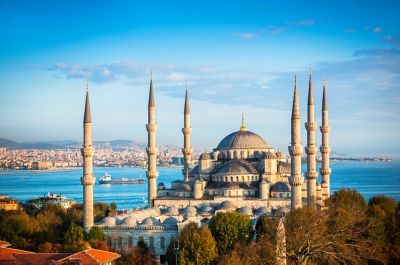Located at the southern shores of Golden Horn, Fener and Balat districts offer visitors the opportunity to visit the temples, synagogues, Armenian churches, Romaic churches, Byzantine remnants and ayazmas associated with historic Istanbul. This part of the city has been settled for over 2,000 years and has become one of the oldest Jewish districts in Istanbul. Two of the most popular attractions sought by tourists include the functioning Byzantine churches and only church in the world constructed entirely of iron and steel. With colourful streets, fantastic views of Istanbul's waterways, traditional wooden houses and rich history, the site is filled with UNESCO projects that are sure to capture the attention of tourists seeking to experience Turkish culture.
- Ecumenical Patriarchate of Constantinople
- Ahrida and Yambol synagogues
- Bulgarian Orthodox church of St. Stephen
- Traditional Fener, Balat wooden houses

